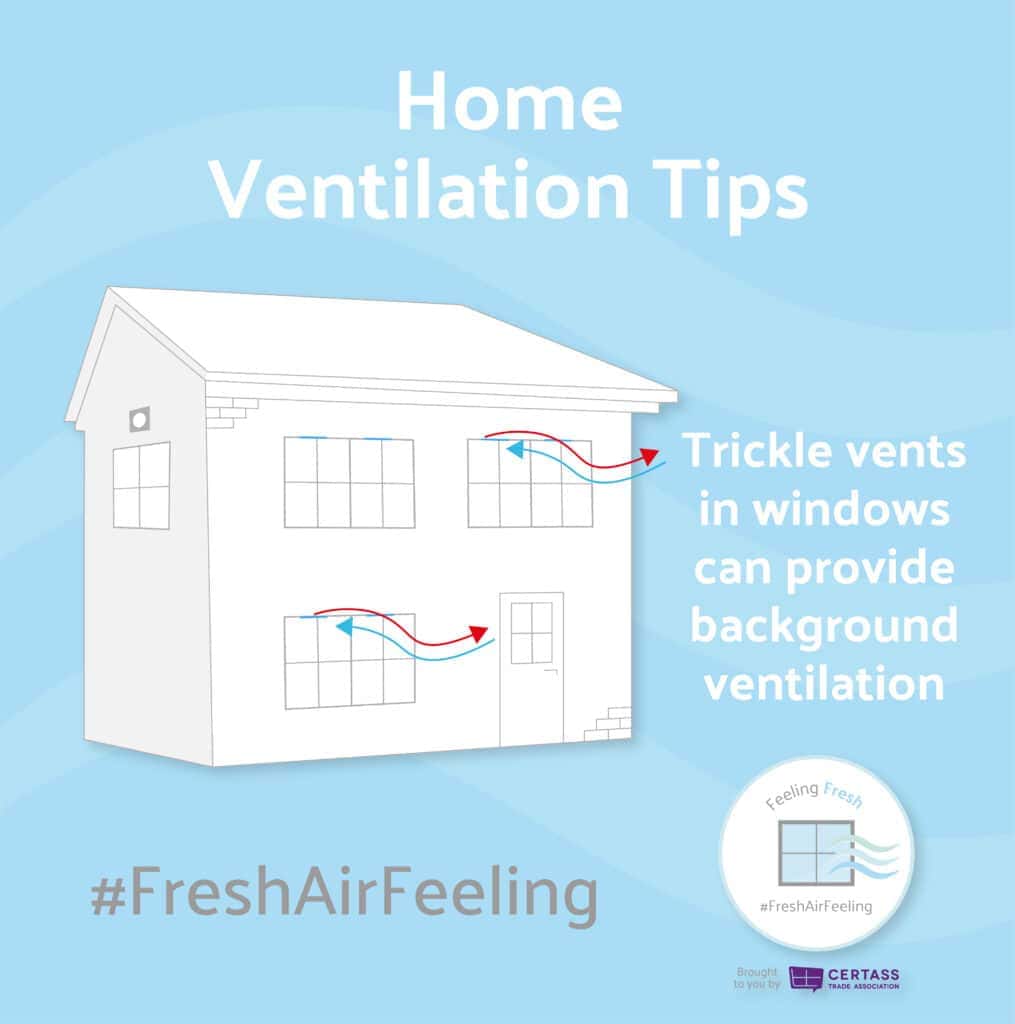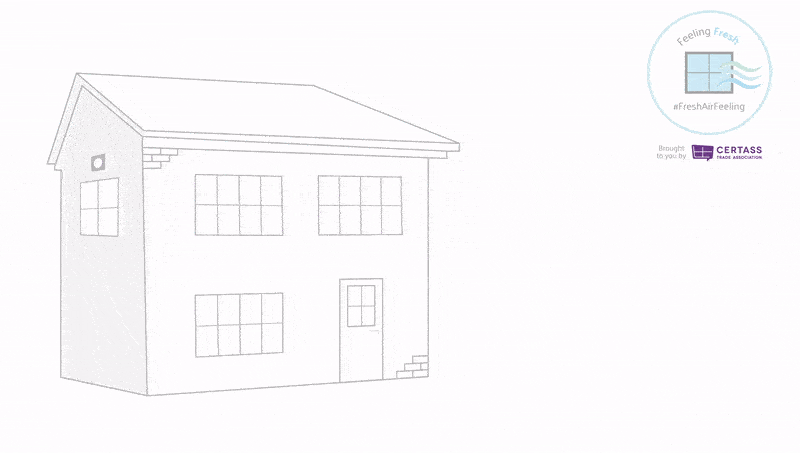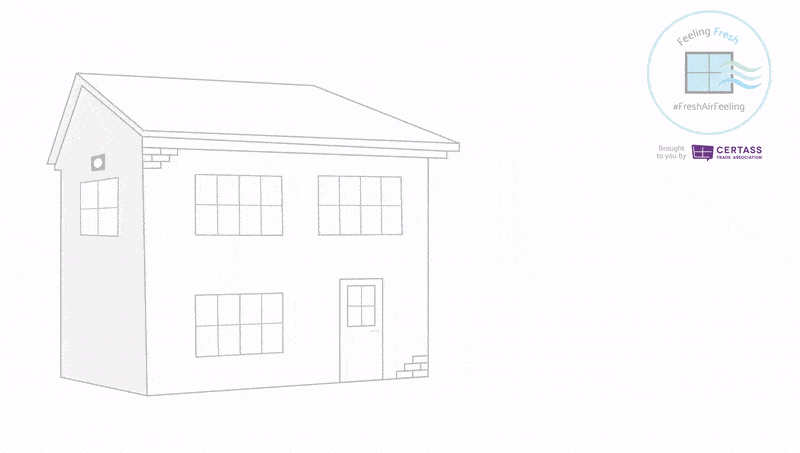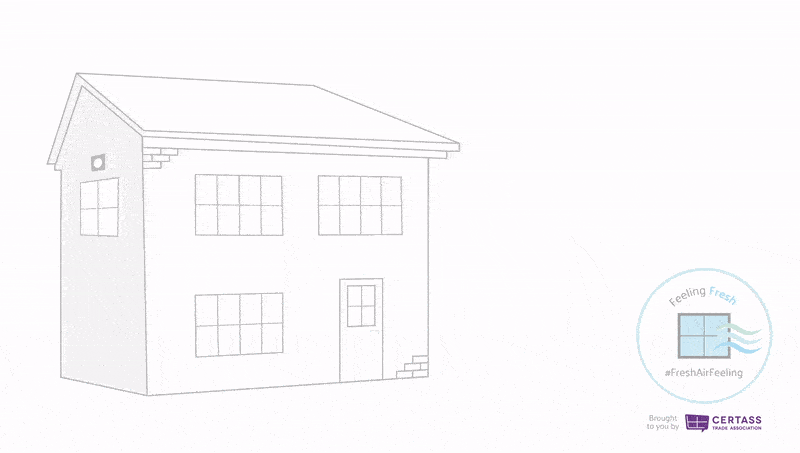The Comprehensive Guide to Home Ventilation Systems
Understanding the Basics of Home Ventilation
Ventilation is crucial in maintaining a healthy and comfortable home environment. It involves the exchange of indoor air with fresh outdoor air, helping to reduce moisture, odours, and airborne pollutants. The right ventilation system not only enhances air quality but also regulates indoor temperatures and prevents the buildup of harmful substances. In this section, we delve into the fundamentals of ventilation, exploring its importance and the various types of systems available for homes. We’ll cover the pros and cons of each system, how they operate, and their suitability for different types of homes and climates.


Maximising Natural Ventilation in Your Home
Natural ventilation relies on passive air flow through windows, doors, vents, and other openings. It is a cost-effective and energy-efficient way to refresh indoor air. This section will guide you through optimising natural ventilation, including the strategic opening of windows, the use of trickle vents, and the role of building design in enhancing airflow. We will also discuss the best practices for maintaining consistent air flow, the importance of cross-ventilation, and tips for effective ventilation in different weather conditions.
Enhancing Air Quality with Trickle Vents in Windows
Trickle vents, small adjustable openings in windows, are an effective solution for providing continuous background ventilation in homes. They are particularly useful in maintaining a steady flow of fresh air without the need for fully opening windows, which can be beneficial in terms of security and energy efficiency. These vents help in reducing indoor pollutants and controlling humidity levels, thereby improving overall air quality and comfort. Regularly using trickle vents, especially in areas like bedrooms and living rooms, can significantly enhance the ventilation effectiveness while maintaining the aesthetic and functional aspects of the windows.


Installing Mechanical or Whole-House Ventilation Systems
Selecting and installing a mechanical or whole-house ventilation system is crucial for maintaining optimal indoor air quality. Key considerations include identifying the right system type — like Exhaust-Only, Supply-Only, or Energy Recovery Ventilation (ERV) — based on your home’s size and climatic conditions. Professional installation ensures correct integration with existing HVAC systems and adherence to building codes. Regular maintenance, including filter replacements and system checks, is essential for sustained performance. Such systems not only improve air quality but also regulate humidity and, in the case of ERV systems, offer energy efficiency by reclaiming heat from outgoing air, making them a wise investment for health and comfort in modern homes.
Combating Common Ventilation Challenges
Homes often face specific ventilation challenges, such as moisture control, managing indoor pollutants, and ensuring adequate ventilation in extreme weather conditions. This section provides solutions to common ventilation issues, offering practical tips and tricks to overcome them. We will cover topics like humidity control, reducing indoor pollutants, and strategies for ventilating in extreme heat or cold. This section aims to equip you with the knowledge to tackle any ventilation challenge your home might face.

Dry Laundry Outdoors for Better Air Quality
Drying laundry outdoors is a highly recommended practice for maintaining good indoor air quality. When laundry is dried inside, it releases moisture into the air, increasing humidity levels which can lead to mould growth and a decline in air quality. Outdoor drying, on the other hand, not only prevents these issues but also conserves energy and imparts a fresh scent to your clothes. In climates or situations where outdoor drying is not feasible, consider using a well-ventilated indoor space or a dryer vented to the outside to minimise indoor humidity.




